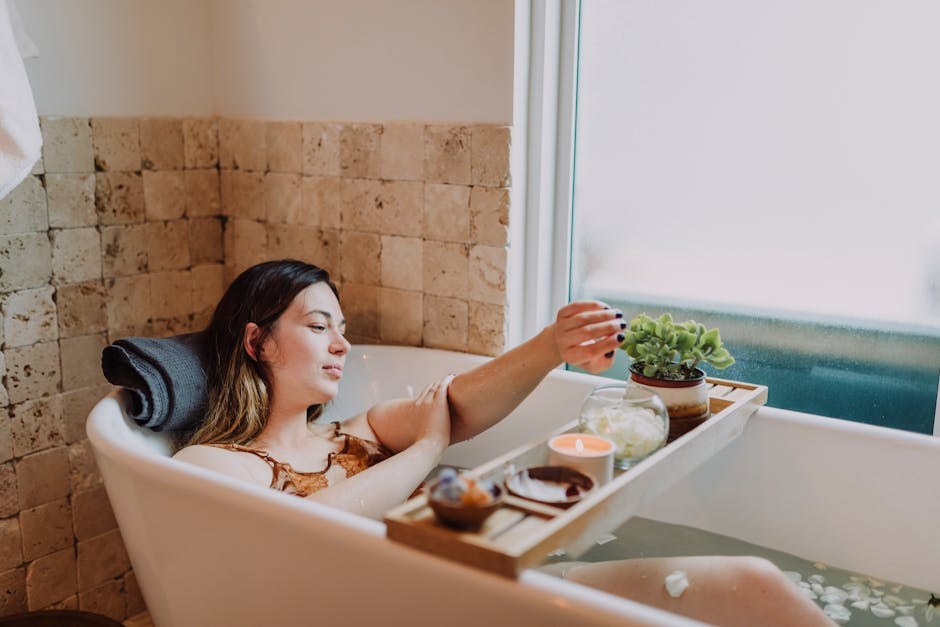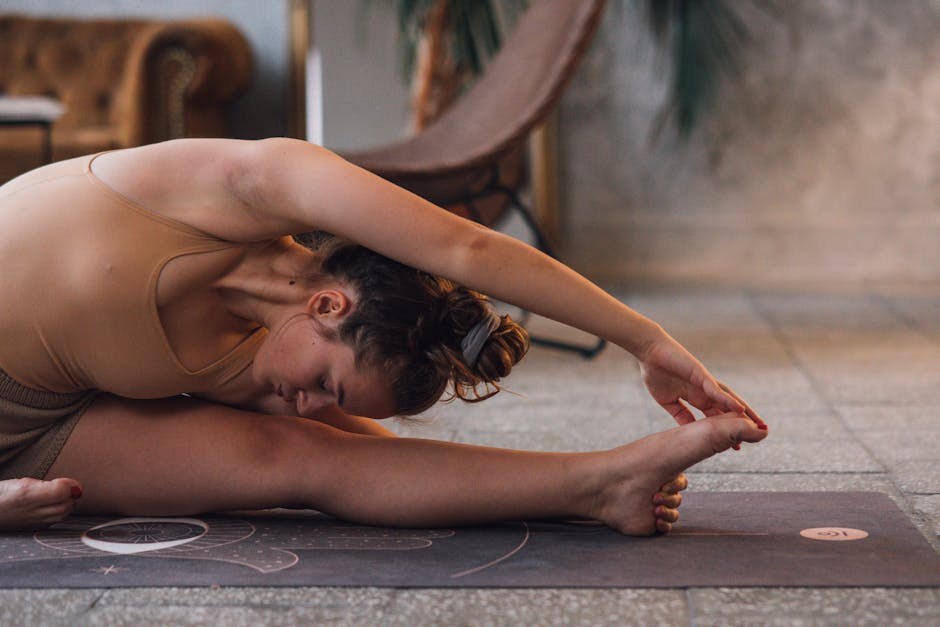Love marks can be thrilling in the moment, yet the morning after often brings a different challenge – figuring out how to hide a hickey before questions start flying. While these kiss-made bruises usually vanish on their own, waiting it out isn’t always realistic. This guide explains what a hickey actually is, how long it tends to linger, and practical, real-world strategies to conceal the mark or help it fade faster. You’ll learn wardrobe fixes, makeup tricks, accessory hacks, and gentle at-home methods so you can hide a hickey without drawing extra attention.
What exactly is a hickey and why does it show up so boldly?
A hickey – sometimes called a love bite or kiss mark – forms when suction breaks tiny capillaries under the skin. The pooled blood initially looks flushed or rosy, then deepens to maroon, purple, or brown as oxygen dissipates. Areas where capillaries sit closer to the surface – the neck, chest, and inner thighs – are more likely to reveal the mark. If you’ve ever experimented with strong suction on the skin, you already know how easily a bruise-like spot can appear. Understanding this mechanism matters because the approaches that help you hide a hickey also aim to manage that pooled blood: cooling early to limit spread, warming later to encourage dispersal, and camouflaging color while the body heals.
How long does a hickey stick around?
There’s no overnight eraser. Left alone, a hickey can fade within a couple of days or linger up to two weeks depending on intensity, placement, and your tendency to bruise. Darker patches usually take longer, while lighter, reddish ones can clear sooner. Because time isn’t always on your side, the tips below show how to hide a hickey immediately and how to support the natural fading process.

Wardrobe tactics: let your closet do the heavy lifting
When speed matters, clothing offers instant coverage. Choose pieces that look intentional – not like you’re disguising something – so you can hide a hickey and still feel put together.
Steer clear of revealing cuts for a few days. Minimal fabric equals minimal cover. Swap scoop and deep V necklines for higher silhouettes while the mark softens. This small pivot lets you hide a hickey without broadcasting that you’ve changed your style.
Reach for crisp, higher collars. A structured collar can shield the sides of the neck and looks polished in professional settings. Button one notch higher than usual to comfortably hide a hickey that sits near the collarbone.

Lean on turtlenecks or mock necks. Because these wrap around completely, they’re excellent for marks anywhere along the neck’s circumference. A slim knit or mock neck is an easy, chic way to hide a hickey through cooler days.
Style a scarf with purpose. Lightweight scarves aren’t just winter gear. Loop a breathable weave once for casual cover or knot neatly for office hours. You can loosen it when you’re in the clear. It’s an effortless way to hide a hickey without fuss.
Use hoodies or hooded jackets selectively. A hood draped around the sides of the neck helps in relaxed settings. Indoors, if someone asks why you’re bundled, “a bit chilly” remains a perfectly acceptable line while you hide a hickey in plain sight.

Makeup camouflage: color theory to the rescue
Cosmetics offer precision control over color, which is exactly what you need to hide a hickey. The aim is to neutralize the bruise tone, even out the area, and lock it in so it doesn’t transfer or fade midday.
Concealer that truly matches. Choose a formula that aligns with your actual skin tone. Tap a thin layer over the mark, blend the edges, then add a touch more only if necessary. Set with powder or a setting spray to keep your effort to hide a hickey intact through commutes and coffee runs.
Foundation for uniformity. If the discoloration spans a larger patch, a sheer foundation layer can create an even canvas. Build coverage slowly – it’s easier to add than to subtract – and you’ll hide a hickey without creating a heavy makeup mask.
Color correction for stubborn tones. Bruises can skew red, blue, or purple. Counterbalance strategically: yellow-leaning correctors can soften deeper tones, while peachy shades help with muted purples on lighter complexions. Apply the corrector sparingly under concealer, then finish with setting powder to reliably hide a hickey through a full day.
Accessory diversions: draw the eye elsewhere
Sometimes the cleverest way to hide a hickey is misdirection – guide attention to something intentional and stylish.
Wear your hair down. If you have length, let it frame the sides of your neck. It’s natural, comfortable, and avoids the “why the scarf?” conversation while you hide a hickey with zero effort.
Cover with a discreet bandage. A neat, skin-safe adhesive bandage can pass as protection for a minor scrape. Keep the edges smooth and the story simple – you’re preventing irritation. It’s a straightforward way to hide a hickey through a busy day.
Statement chokers or bold necklaces. A chunky choker or collar-style piece sits right where you need coverage. Even if the mark peeks beneath, the jewelry’s presence pulls focus, helping you hide a hickey while looking deliberately styled.
Temporary tattoos for the win. Placing a tasteful temporary design where the discoloration sits reframes the area as decorative. If ink is already part of your look, this can seamlessly hide a hickey during the healing window.
Body glitter as distraction. A subtle shimmer can divert the eye. For best results, lightly perfect the spot with concealer first, then add just enough sparkle to shift attention – a playful way to hide a hickey at a party or concert.
Headphones resting around the neck. If over-ear headphones are normal for you, parking them loosely can shade the area. When it suits your routine, this casual prop helps you hide a hickey without anyone noticing the tactic.
Hands-on care: gentle methods that support fading
These approaches focus on circulation and comfort. The goal is to nudge the body’s cleanup process – never to irritate the skin further. Used thoughtfully, they can help you hide a hickey for now while encouraging a quicker fade.
Soft toothbrush technique. With a brand-new soft brush, lightly sweep in small circles over and around the area. Pause, then apply a cold compress, and repeat only if the skin stays calm. The idea is to coax movement – not to scrub. Overdoing it won’t hide a hickey faster and can make redness more obvious.
Light fingertip massage. Apply a slip agent like petroleum jelly, aloe gel, or a gentle oil. Using circular motions, work from the center outward to encourage dispersal. Limit sessions to brief intervals and avoid pressure that causes discomfort. Keeping touch feather-light helps you hide a hickey while supporting recovery.
Cold comes first. Early on, a chilled spoon, wrapped ice, or cold can from the fridge can constrict vessels and limit spread. Glide the cool surface around the mark for short stretches, then rest. Starting this promptly can minimize how much you’ll need to hide a hickey later.
Warmth later – after the initial window. About 48 hours in, swap to gentle warmth. A warm compress or hot water bottle wrapped in a towel can encourage circulation to carry away residual pigments. Keep the heat comfortable to the touch. This timing helps you hide a hickey less and see gradual color improvement.
A minty tingle approach. A drop of peppermint oil diluted appropriately or a light dab of toothpaste can create a brief tingling sensation. After a couple of minutes, wipe with a warm, damp cloth. Skin sensitivity varies, so go easy and discontinue if irritation appears. Used sparingly, it may complement other methods as you hide a hickey.
Outward strokes with a smooth tool. A clean coin, capped pen, or rounded cylinder can be stroked outward from the center to encourage movement. Keep pressure gentle and allow breaks between passes. The aim is subtle diffusion, helping you hide a hickey under makeup with less color to cover.
Targeted topicals and supportive options
Some people reach for common cabinet staples or classic botanical creams. If you choose to experiment, keep it simple – patch test, avoid mixing too many things at once, and stop at the first sign of irritation. These tactics are about comfort and appearance while you hide a hickey, not about miracle cures.
Consider aspirin at the right time. After the first 48 hours – when surface capillaries have had time to settle – aspirin may support circulation. The timing matters: too early and you could invite more pooling. Used thoughtfully, it becomes part of a broader plan to hide a hickey while it fades.
Aloe vera’s soothing touch. Many people like aloe for its cooling feel when applied promptly. It can calm the area after other gentle techniques and make it easier to apply makeup smoothly as you hide a hickey during the day.
Witch hazel for a toned finish. As a common skincare ingredient associated with calming and toning, witch hazel can be dabbed lightly with a cotton pad. Used modestly, it may make the area look a bit more even while you hide a hickey with concealer.
Arnica cream tradition. Long favored for bumps and bruises, arnica-based creams are often used to soothe tender spots. A small amount, massaged gently, can fit into your routine as you hide a hickey and wait for nature to do its work.
Vitamin C support. Whether through diet or supplements, vitamin C is commonly associated with tissue repair. Integrating C-rich foods can complement other tactics and make it simpler to hide a hickey because the underlying color may soften over time.
Vitamin K focus. Vitamin K shows up frequently in conversations about bruise appearance. Some people use topical K creams or emphasize leafy greens in meals. As part of a sensible routine, it’s another supportive angle while you hide a hickey.
Laser options within a brief window. Dermatology clinics sometimes offer focused light treatments intended to reduce the look of bruising. These are typically time-sensitive – most effective early on – and may help the mark appear lighter so you can hide a hickey with less product.
Banana peel mask as a calming step. The soft inner peel is often placed on the area for a short interval. It’s a gentle, low-effort ritual that can be repeated while you hide a hickey using other everyday strategies.
Cocoa butter for suppleness. Known for leaving skin feeling smooth, cocoa butter can be applied with a light touch once or twice daily. Keeping the surface supple may help makeup sit better – making it easier to hide a hickey convincingly.
Pineapple and its well-known enzyme. Slices or juice applied briefly are a classic at-home idea. If direct fruit feels messy, a cloth dipped in juice is a tidier workaround. It’s one more way to pamper the area while you hide a hickey during social plans.
Pro application tips for believable coverage
Camouflage works best when it looks like skin. If you want to hide a hickey for long stretches – meetings, travel, or a night out – technique matters as much as the product lineup.
Prep deliberately. Cleanse, pat dry, and add a whisper of moisturizer so makeup doesn’t cling. Good prep helps you hide a hickey without that cakey halo some spot concealing can leave behind.
Thin layers win. Start with the smallest possible amount of corrector, then concealer, then a touch of foundation only if needed. You can always build – and you’ll hide a hickey more convincingly when texture stays minimal.
Feather the edges. A damp sponge or clean fingertip can blur borders into surrounding skin. That soft edge is what allows you to hide a hickey even under bright office lights.
Set strategically. Press, don’t swipe, a translucent powder or spritz a setting spray. This locks things in and makes it easier to hide a hickey without constant touch-ups.
Coordinate with clothing. If you’re wearing a high collar, you can keep coverage lighter; for scoop necks, invest more time on blending. The outfit-to-makeup balance can make or break your plan to hide a hickey seamlessly.
Common pitfalls to avoid
When haste meets visible skin, it’s easy to overdo things. These reminders help you hide a hickey efficiently – and safely.
Don’t over-scrub or press hard. Aggressive brushing or scraping can deepen redness, extend healing time, and work against your goal to hide a hickey.
Don’t stack too many products at once. Layering multiple topicals in a short window can provoke irritation. Keep it simple so you can comfortably hide a hickey day after day.
Mind timing for hot versus cold. Cold is for the early phase; warmth is for later. Mixing them out of order won’t help you hide a hickey faster and can make the mark appear worse.
Test, then commit. If you’ve never used a certain cream or oil on your neck, patch test on a small area first. A calm canvas makes it easier to hide a hickey with flawless blending.
Putting it all together: a practical plan
Think of your approach as phases. In the first hours, aim to limit spread with cold and reduce friction from clothing. That same day, choose either a scarf or a higher collar to hide a hickey instantly, and add a small amount of concealer if you need extra confidence. On day two, reassess color. If purple tones remain, use a dab of corrector under concealer and set it well. After the 48-hour mark, introduce gentle warmth and light massage to encourage dispersal. From there, scale back on products, keep skin soothed, and use accessories or hairstyles to hide a hickey without overthinking it.
Quick reference checklist
Use cold compresses early to limit spread and make it easier to hide a hickey right away.
Switch to gentle warmth later to encourage fading so there’s less to hide a hickey with.
Lean on clothing – turtlenecks, structured collars, or scarves – to hide a hickey with zero fuss.
Apply corrector, concealer, and foundation in thin layers to convincingly hide a hickey.
Choose smart accessories or hairstyles to hide a hickey while keeping your look intentional.
Keep touch light – brushing or scraping harder won’t help you hide a hickey faster.
Stay consistent for a few days; a steady routine makes it simpler to hide a hickey until it’s gone.
Real-life scenarios and how to adapt
Office day with meetings: Start with a chilled spoon for a minute or two, then apply a yellow-leaning corrector if the patch is dark. Tap on matching concealer, feather the edges, and set. Pair with a crisp collared shirt buttoned one notch higher. Keep a lightweight scarf in your bag for hallway chats. This lets you hide a hickey without overcommitting to heavy makeup.
Casual weekend plans: If you’ll be outdoors, a breathable mock neck or crew tee plus a baseball cap that casts shade around the face can help. A thin layer of concealer is plenty; add body glitter later if you’re heading to an evening event. The goal is to hide a hickey with a laid-back vibe.
Evening out with photos: Good prep is key. Moisturize, correct, conceal, and set thoroughly. Choose a statement choker that aligns with your outfit. Keep a small brush and powder in your clutch for quick touchups, and you’ll hide a hickey even under bright flashes.
Final notes on patience and consistency
Remember that every tactic here supports what your body is already doing: breaking down and reabsorbing that little pool of blood. Gentle care, strategic coverage, and smart styling make it simple to hide a hickey now while nature handles the rest. Rotate methods based on timing – cold earlier, warmth later – and resist the urge to overwork the area. With a calm approach and a few reliable tools, you can hide a hickey confidently from the moment it appears until it fades into a memory.